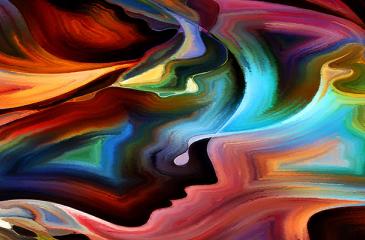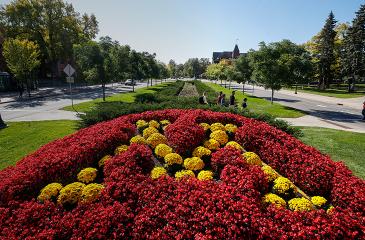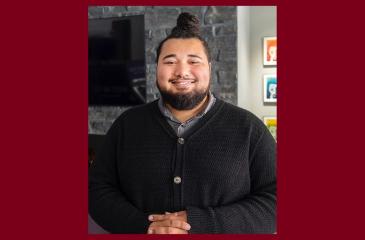Adolescence is a critical time for brain development as well as onset of mental illness. Converging evidence suggests that practicing art has a positive impact on mental health, and that sleep - which is often impaired in adolescents - is critically important for both mental health and creativity.
“In Minnesota, we are currently failing to address our youth's growing mental health needs because of a number of factors, including a critical shortage of traditional mental health care services across the state,” said Kathryn Cullen, MD, associate professor of psychiatry and behavioral sciences. “We are also seeing that ‘traditional’ treatments do not always work, yet development of new treatments depend on being open to other disciplines and on neurobiological discovery. Additionally, access to health care is especially dire for some adolescents due to demographic, socioeconomic and cultural barriers.”
To address these issues, Cullen and research colleagues from the Department of Neurology, the Weisman Art Museum, and the Center for Learning Innovation at the University of Minnesota Rochester are working together to tackle the intersection of art, sleep and brain functioning in adolescents. They hypothesize that the healing effect of creative arts engagement and healthy sleep practices can be measured through clinical assessments and neuroimaging, and that development of creative skills is an effective and accessible way to address mental health access disparities.
Working with social practice artist Peng Wu and poet Yuko Taniguchi, the researchers are launching a creative arts curriculum within a new adolescent mental health program and will study its impact on creativity, self-view and mental health. The team will build in sleep-focused elements to the art curriculum; establish community partnerships to develop programming tailored to underserved youth; and develop the neuroimaging protocol that will examine neural mechanisms of the impact of art, creativity and sleep change in adolescents.
In addition to Cullen, Wu and Taniguchi, the interdisciplinary team includes neurologist Michael Howell, MD; and the Weisman Art Museum's curator Boris Oicherman, PhD. The team will work on connecting with underserved communities through cultural organizations and community centers, beginning with existing relationships including Pillsbury House, East Phillips Community Center, Hope Community Center, Indigenous Roots, Third Place Gallery, and Powderhorn Park Neighborhood Association.
This study received funding from the Office of Academic Clinical Affairs BOLD Ideas Grant program which supports interdisciplinary teams seeking to tackle the “wicked problems” inhibiting the health and wellbeing of our communities, and is based on the preliminary research conducted by the collaborators as part of the Program in Art and Health of the University of Minnesota Medical School and Weisman Art Museum.



